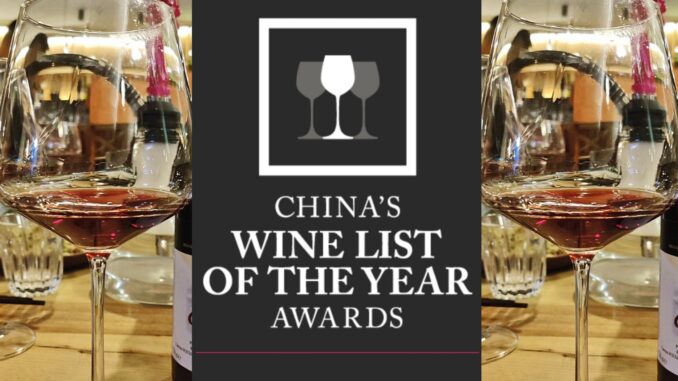
China’s Wine List of the Year Awards are due out on October 19: I surveyed the six finalists from venues in Beijing, Hong Kong, Shanghai and elsewhere to find themes in these “cream of the crop” menus, which are often created with the country’s top sommeliers.
Note: Hundreds of restaurants submit their lists each year, and there are thousands of other restaurants / bars with lists, so this is a snapshot of what’s deemed the best. No doubt, you can find plenty of lists with quirky themes and intriguing wines out there.
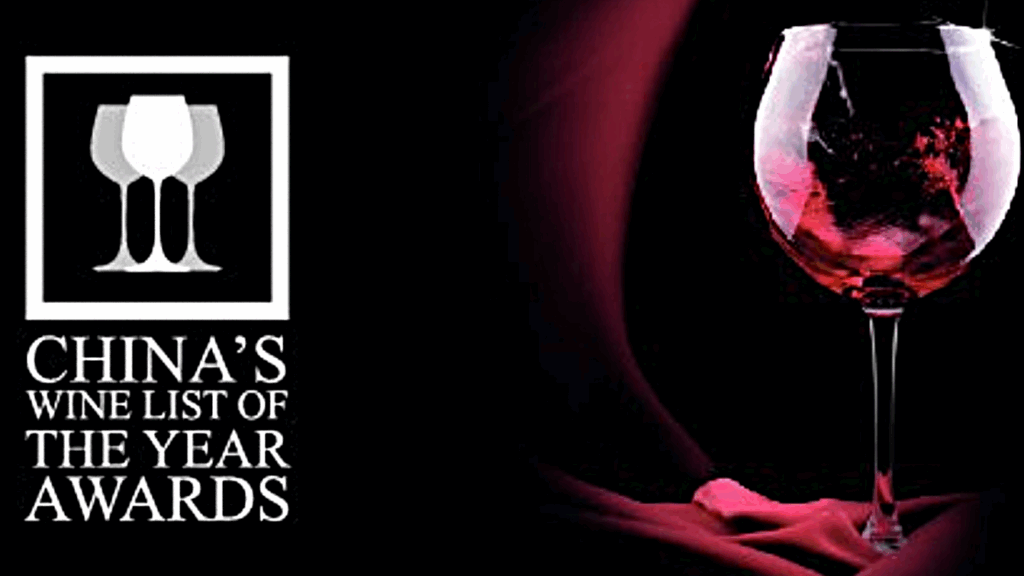
French First
To start, it’s no surprise these menus are dominated by long Champagne, Bordeaux and Burgundy listings and, in cases where the restaurant is Italian, wines from that country.
That includes pricy and rare labels. If you seek Screaming Eagle 2019 (US$4750), Petrus 1990 (US$8275) or Romanée-Conti Grand Cru Monopole 2007 in a standard bottle (US$32,325) or magnum (US$70,000), you will find it in these menus.
Beyond that, French reds and whites are typically the biggest sections, often with hundreds if not over a thousand options, broken down by region and / or sub-region. Other countries receiving such treatment, to lesser degrees, include Italy, Spain, the United States and Australia.
That is not to say there is a lack of diversity, especially when it comes to red wines—Argentine, Chilean, Chinese and South African labels are also fairly common.
And some menus seem determined to also offer something from everywhere. Thus, you might find one Georgian Saperavi, one German Sauvignon Blanc and one [fill in the blank] alongside a wine or two each from sources such as Croatia, Japan, Lebanon and Uruguay.
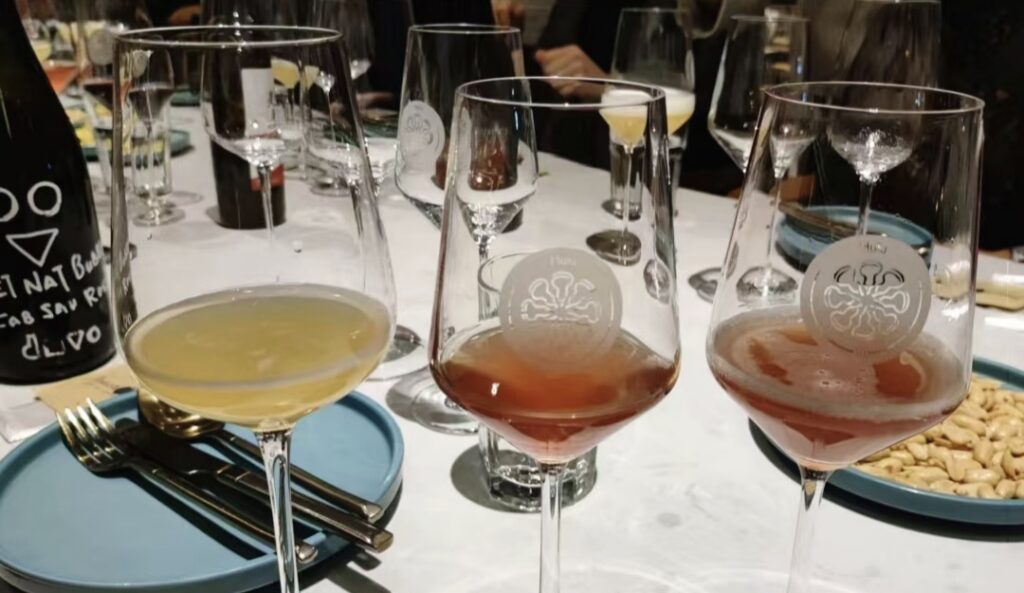
Glass Action
This diversity is especially evident in the by-the-glass sections. Some menus focus on Old World wines but offer intriguing choices within that theme. Others are more wide-ranging, with wines from around the globe and, in some cases, niches such as Port, cider and sake. There are generally from 20 to 50 choices by glass.
Thanks to Coravin, we see more pricy / rare options, like Dom Perignon at US$139, Domaine Coche-Dury at US$195 and a 100-ml pour of La Tache Grand Cru 2017 at US$1100.
Some customers might well be happy to simply sample from by-the-glass menus rather than wade into the seemingly endless listings of Burgundy, Bordeaux et al.
This strategy can also appeal to lighter drinkers.
During the recent Defying the Downturn panel by Wine to Asia and Grape Wall, Shanghai wine bar owner Simon Brien said he finds that more customers drinking less but better. Some want to enjoy one glass of something intriguing and are willing to pay a premium, say up to USD40, said Brien.
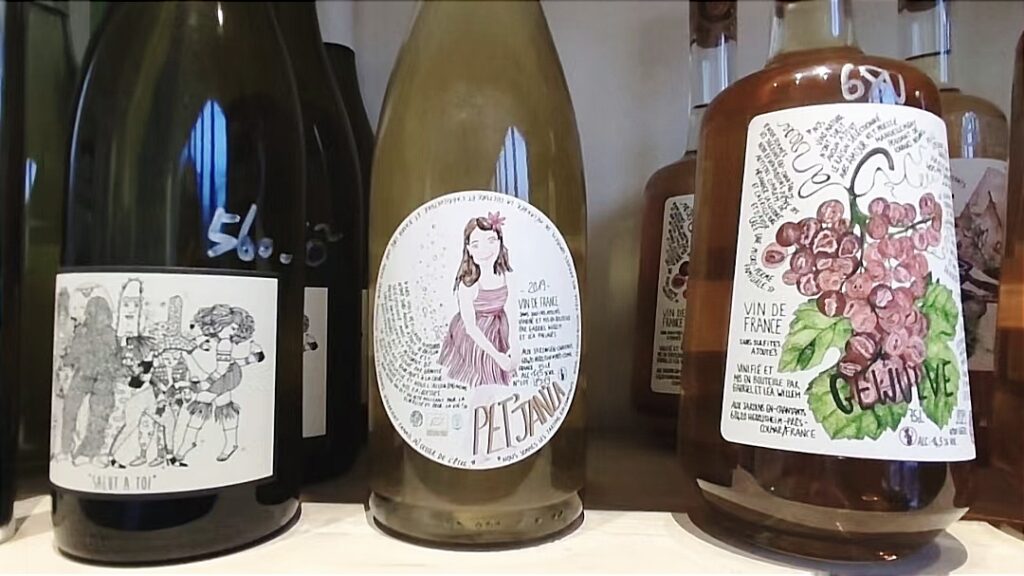
Lists Within Lists
The six wine lists also offer multiple wine-and-food pairing options. One had pairings of one, two, three or four wines. Another had two six-wine pairing options. And yet another had pairings up to nine wines.
Pairings tend to be themed, including one flight focused on wines from Asia.
There are lists within these lists. Pages with “sommelier’s choices”—saves time explaining everything! A section dedicated to female winemakers. Another focused on a particular Champagne brand. And so on.
Beyond the sparkling and still reds and whites, most menus offer dozens of wines in half-bottle, magnum et al formats. And substantial selections of sweet wines, with options from a half-dozen countries of more.
What they don’t offer is many rose and skin-contact wines, or dedicated natural wine sections, despite the growing popularity of these niches among aficionados worldwide and in China in recent years. You might find as many wines from Japan or Switzerland as you can rose wines.
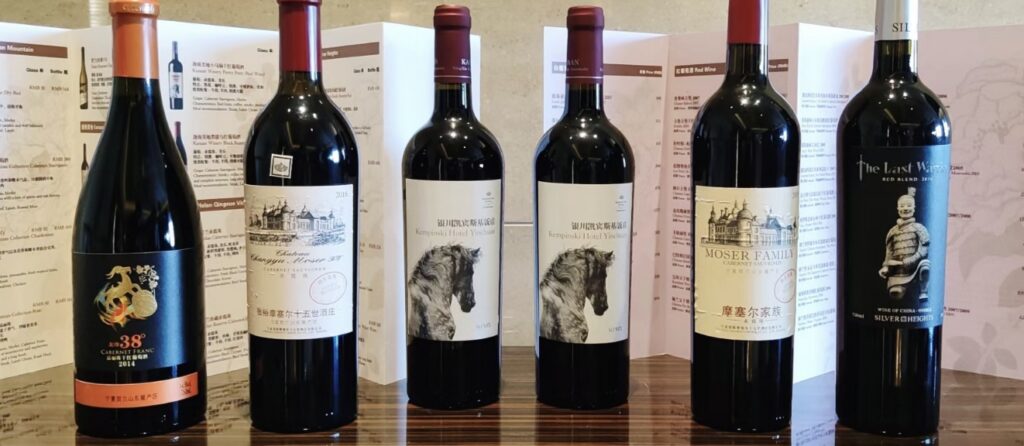
The China Niche
Which brings me to Chinese wines. At one time, only Grace Vineyard and mega-producers like Changyu and GreatWall were typically on restaurant menus, if you could find any local wines at all.
This year? I counted a total of 34 wineries from eight regions / provinces on the six finalist menus.
And not just wines featuring traditional Bordeaux varieties. We see Black Muscat, Marselan, Petit Manseng, Riesling, Vidal and more. And numerous wineries had multiple entries on multiple lists.
Here are those 34 wineries, listed by region and then alphabetically, for anyone who is interested:
Yunnan: Ao Yun, Celebre, Mingyi, Muxin, Xiaoling, Zaxee
Xinjiang: Puchang, Tiansai, Xianghi
Gansu: Domaine Xigu
Ningxia: Domaine Des Aromes, DEVO, Fei Tswei, Helan Fanghua, Helan Qingxue, Jade, Lansai, Legacy Peak, Li’s, Longyu, Kanaan, Silver Heights, The Starting Point, Domaine Chandon
Inner Mongolia: La Vie
Shanxi (and Ningxia): Grace Vineyard
Hebei: Canaan, Domaine Franco-Chinois, Shofang
Shandong: Longdai, Longting, Mystic Island, Nine Peaks
Liaoning: A Vidal dessert wine
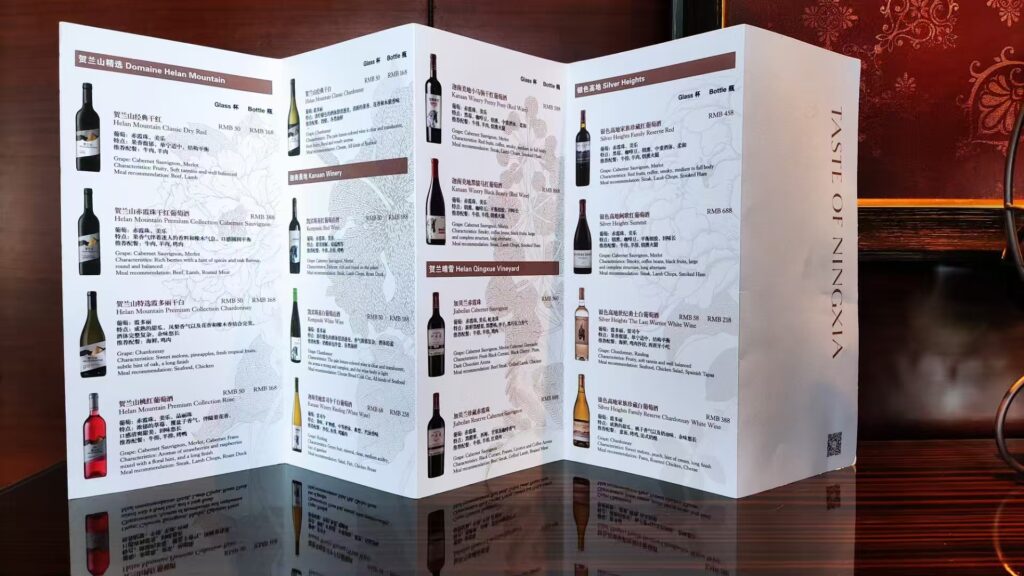
Design Matters
Finally, a few more points on these wine lists.
So many menus are endless lists on white paper. Would it hurt these restaurants to make these pages more eye-catching? To be fair, one menu did have eye-catching maps.
Also nice: a menu with one-pagers dedicated to select grapes, each divided into three sections, such as “German” / “Old World” / “New World” for Riesling and “France” / “New Zealand” / “Other” for Sauvignon Blanc. Easy to understand, easy to scan.
That particular menu also tagged wine by sweetness or as biodynamic, the latter using a ladybug image. Small things help.
Finally, there are major divergences in the “beyond wine” sections of these menus—cocktails, spirits et al. Some venues list standard cocktails, major spirit and beer brands, and so on, while others go far deeper, diving into China’s tea and spirits cultures, listing house cocktails, including some featuring baijiu, and so on. You can really see the amount of thought that went into these listings.
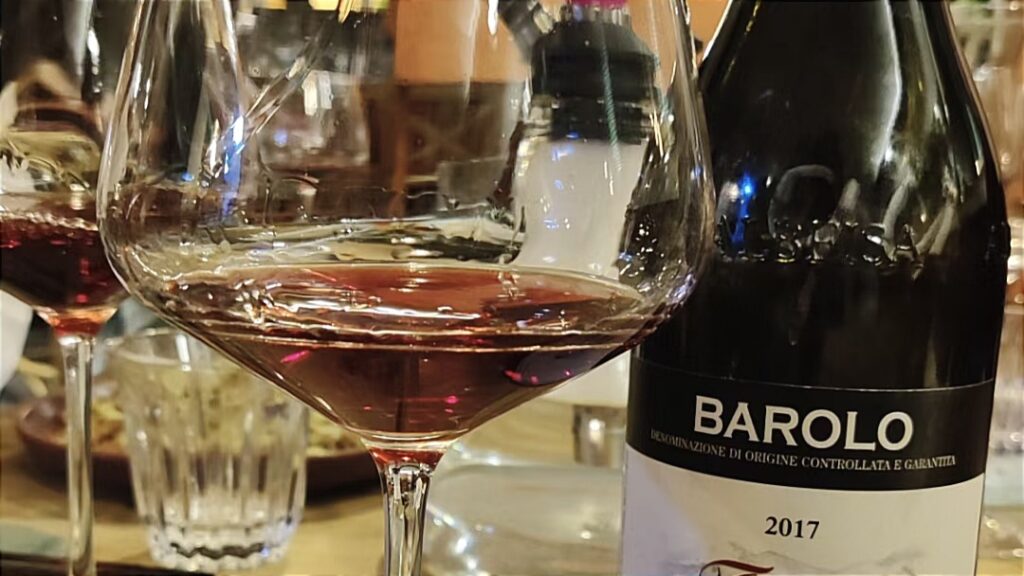
Price Points
Finally, the prices. Wines don’t come cheap on these kinds of menus.
Few of the thousand-plus wines on some menus were priced below USD140, thus the appeal is to a very narrow slice of the population. Others have wines at lower prices, although even still beyond the reach of most consumers.
And it’s no surprise the price of a given wine varies greatly. Puchang Rkatsiteli was the most-listed local wine: it was priced US$91 in Shanghai, US$98 in Chengdu, US$110 in Hong Kong and US$138 in Beijing.
(Alternatively, you can get a bottle of 2023 directly from Puchang for US$38, or sometimes cheaper on sale, via online shops.)
In sum, these menus are extensive but expensive and generally reflect a traditional attitude toward wine. But we also see increasingly robust by-the-glass lists over the years, bringing more variety to consumers, and a growing presence and acceptance of fine Chinese wines—at a price.
Note: Now in its thirteenth year, China’s Wine List of the Year was inspired by Australia’s Wine List of the Year, launched by spirits merchant Tucker Seabrook in 1993. The 2025 results will be released on October 19.
(Get the free Grape Wall newsletter here. Follow on LinkedIn, Instagram, Facebook and Twitter. Grape Wall has no sponsors: help support the mission, including World Marselan Day via PayPal, WeChat or Alipay. Contact Grape Wall at grapewallofchina (at) gmail.com.)

Leave a Reply
You must be logged in to post a comment.